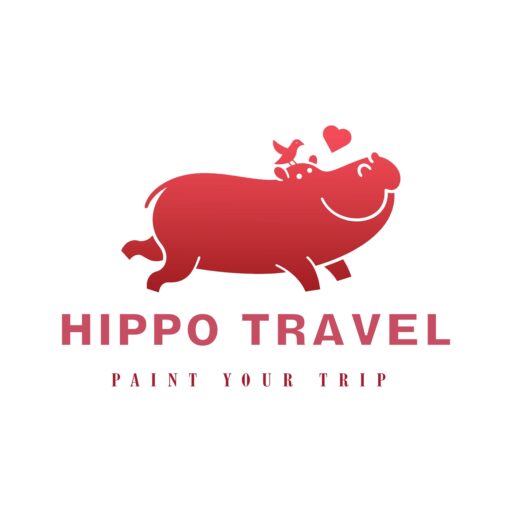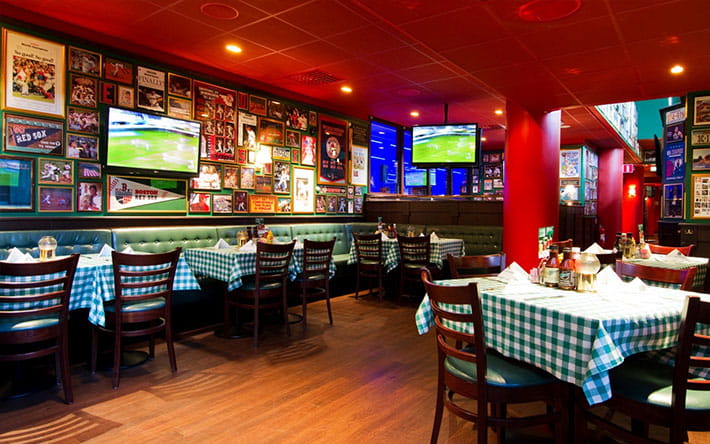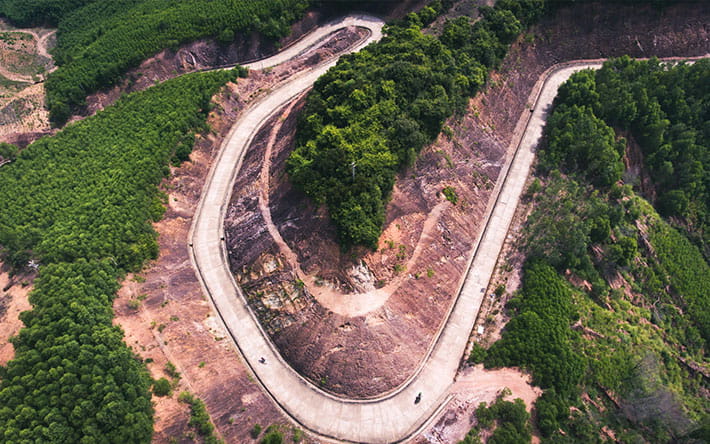Welcome To Da Nang
Da Nang is a major Vietnamese coastal city situated slap-bang in the middle of the country. Once a provincial backwater, the city’s economy has boomed in recent years, bringing with it all of the vestiges of modernity. Stroll along the Han riverfront and you’ll find gleaming new modernist hotels, luxury apartments and swanky restaurants, most of which offer a view of the turquoise water that hugs Da Nang. There may not be many conventional tourist spots in Da Nang, however the city is certainly a safe bet for a quick weekend getaway. Enjoy the city’s beaches, restaurants and nightlife, before heading off to any of Vietnam’s other central destinations.
Destination Highlights
- My Khe Beach
Around six kilometers east of Da Nang, My Khe Beach is arguably one of Vietnam’s most beautiful beaches. Named by the American troops who visited during the Vietnam War, the white sand and turquoise surf has soared in popularity since Da Nang’s economic boom, and now boasts a number of high-end resorts and seafood restaurants. As well as being an ideal spot for sunbathing, My Khe Beach is also a popular spot for fishing, snorkeling, jet-skiing, and surfing.
- Marble Mountains
A surreal tribute to Vietnamese Buddhism, Marble Mountains are cluster of five limestone and (you guessed it) marble hills around 15 minutes south of Da Nang. The peaks are said to represent the five natural elements such as water, wood, fire, metal and earth. Original 17th-century Buddhist sanctuaries and ornate pagoda temples are scattered across the mountains, often frequented by praying locals who wish to have their fortunes told. Any first-time visitors to Da Nang must climb the steps to the top of Marble Mountains, where a spectacular panorama across Non Nuoc Beach and My Khe Beach awaits. Or, if climbing a mountain sounds a bit too ambitious, use the readily available elevator service for 30,000 VND.
- Phap Lam Pagoda
This opulent temple is set amongst manicured gardens, and beautiful Buddhist sculptures in a surprisingly central location. Despite this, upon entering the Pagoda visitors will be amazed at the shift in atmosphere, with locals praying quietly and even monks calmly going about their day to day business. It is considered very impolite to point your camera at those who are praying at the temple (and elsewhere in Vietnam!) so take extra precautions.
Transportation
Da Nang is easily reachable by flight from Hanoi and Ho Chi Minh City. From the city, it is easy to reach UNESCO World Heritage sites of Hue, Hoi An, and My Son Valley.
For a more authentic experience, and to see some of the majestic Vietnamese countryside, train routes operate from both the north and south of the country, with both fast and overnight options.
Even if you’re only planning on staying in Da Nang for a few days, downloading transport apps such as the South East Asian equivalent of Uber; Grab, will save you more than a few bucks on getting around and are safe, plentiful, and sensationally easy to use.
Accommodation
The hotels right on the beach in Danang are almost exclusively geared towards the luxury market, and often boast private beaches, spas and fine dining restaurants. They are predominantly located along My Khe Beach and Non Nuoc Beach, easy walking distance from 17th-century Buddhist sanctuaries, rivers, golf courses, limestone caves, and local handicraft villages. Costs can vary, but are generally between 12 to 300+ USD per night, with most sitting towards the middle of that.
Dining
Still an underrated tourism destination in Vietnam, Da Nang’s cuisine is unique, inexpensive, and due to its central location, varied. Backpackers, families and high-end travelers alike can sit down and enjoy a noodle or rice dish for under $2 US.
Turmeric tinted rice noodles known as Mi Quang is Da Nang’s hallmark dish. The dish is served with noodle, toppings and light broth. The toppings may make what the dish standout: a spoonful of grilled pork, shrimp, quail eggs and a generous bunch of herbs, peanuts and chilis as well as sesame crackers.
Da Nang is also known for its love of BBQ. Every day, a wide array of fresh seafood meat is scorched to perfection on one of the many street-side BBQ joints. Try Quan Com Hue Ngon at Tran Quoc Toan Street, where dishes start at 29,000 VND and feature a wide range of strange and delicious morsels such as squid, frog, octopus, pork, shrimp, and cow stomach.
Shopping
In operation since 1940’s during the French occupation, Han Market is a must-see for any first-time travelers to Vietnam. This local market is positively stuffed with myriad stalls and vendors peddling a huge range of goods, local produce, crafts, clothing and jewelry, not to mention an entire re dedicated to fresh fruit. For souvenirs, consider picking up some homemade ingredients such as dried squid, chili sauce or rice crackers, which keep for a long time and are difficult to buy in the west.








